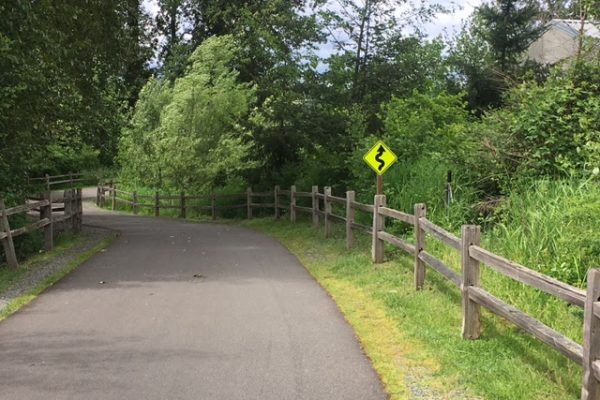
The best salespeople use techniques they have learned over the years. Some of them are original, some of them have been learned, some have been handed down over the years from one generation to another.
Some are interesting, some are a bit hokey, to say the least.
When I was a very young sales manager I had an extremely successful sales rep on Long Island. I was at Rockwell and Tom handled our largest commercial account, Sperry, in Great Neck Long Island for which we built the boards for the MK-Navy Frigates guidance control systems. At Rockwell anything that wasn’t Rockwell was called “commercial.”
Tom had a bunch of other principals, and I knew from being at his house on Long Island that he wasn’t hurting for dough. Now here is the interesting part. Tom felt that it was bad for business to let his customers and his principals for that matter know that he was wealthy. When I flew into LaGuardia he would pick me up in a beat-up maroon Plymouth Valiant instead of the Mercedes Station wagon or the Cadillac Sedan de Ville that were parked in his garage. His suits and sportcoats were strictly Robert Hall (remember them?), and he carried a little vinyl attaché case that he bought at a drugstore for five bucks. There was no way that he was ever going to let on that he was doing well. “It helps with negotiations’ ‘ he would tell me when I would ask him about it. It would make me laugh. But Tom, well he never laughed about this. It was one of his sales tactics.
Ever since then I have been collecting other sales tactics that I have heard about over the years. Now I am not going to pretend that these will actually work, but hey, you gotta go light sometimes right?
So now for your sales entertainment pleasure, here are some of my favorite “creative” sales tactics:
- The Reverse Pitch: Instead of selling a product or service, the salesperson asks the buyer why he should consider buying his product. The tactic is supposed to turn the tables and engage the customer’s creativity.
- The Surprise Bonus: Offering an unexpected bonus or add on item during the sales process creates a sense of urgency and excitement, motivating the customer to make a quick decision. Full disclosure, I once bought a 1993 Mercury Villager because I got fifty frozen pizzas thrown in. I thought I was getting coupons but no I got a Villager full of frozen pizzas, so I had to stop at Best Buy on the way home and buy a freezer.
- The Gamification Approach: Turning the sales process into a game or competition with rewards can incentivize potential customers and make the experience more enjoyable.
- The Scarcity Technique: Introduces the concept of limited availability or exclusive access to the product or service can create a fear of missing out, driving potential customers to act quickly.
- The Nostalgia Factor: tapping into the customer’s sense of nostalgia by bringing back older revamped versions of products or using retro-themed marketing campaigns. Yes I get this from the personal experience of two of my car-nut friends: One of them bought a brand new 2002 Chrysler 300 because of the clock in the middle of the dashboard. The other bought a new Honda 1999 two seat sports car because it had brought back the push-button starter. True!
- The community experience: Creating a sense of community around the product or service where customers feel connected to like-minded individuals and have a space to share experience.
- The “Pay What You Want Model”: Allowing customers to set their own pricing for a product or service which can increase sales volume and generate goodwill. I don’t really know how this one would work with the wise guy buyers we have in our industry. You may live to regret it.
- The Celebrity Endorsement Surprise: Surprising customers with a video message or interaction for a celebrity or influencer endorsing the product, adding a touch of excitement and credibility. This one reminds me of the Seinfeld episode where George bought “John Voight’s” car.
- The Storytelling Sale: Telling compelling and relatable stories that highlight the product’s benefits and how it has positively impacted others can build an emotional connection with prospects. This one is not bad. In fact, we use this one more than ever today.
- The Social Proof Parade: This one that still works, we use it all the time. Utilizing customer testimonials and success stories, case studies and video reviews to showcase successful experiences with the product and providing social proof of its value and effectiveness. This is a good one. One out of ten ain’t bad right?
All kidding aside, I think all of these tactics were good and effective in their day. But the real point here is that they were tactics, and they exemplified the fact that the salespeople who used them were indeed creative and committed to success. What are some of the sales tactics you use these days? I’d love to hear about them. It’s only common sense.
